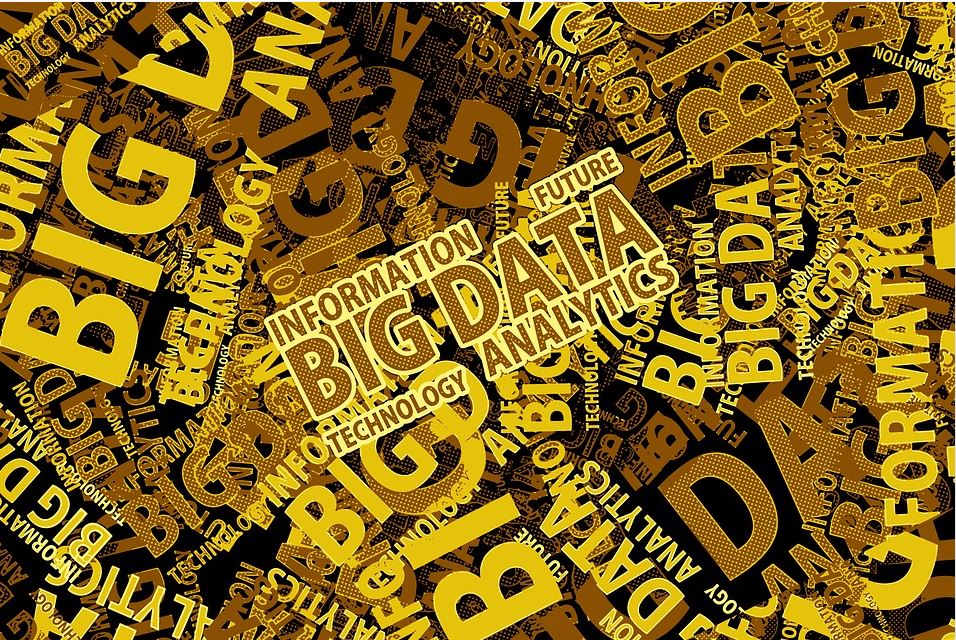Big Data has helped different industries in various ways, although there are still endless possibilities to explore. Without a doubt, when Big Data is combined with the Internet of Things (loT), a wide range of opportunities for decision-making is opened. These are several examples of the sectors in which Big Data can contribute to generating value with the following:
Education

In the field of education, when analyzing Big Data you can:
- Identify students at risk
- Monitor the proper development of each student
- Implement a more satisfactory teaching evaluation and support system.
Simplilearn Solutions, which runs a Master’s Big Data Engineer Course, says the following about this sector’s future prospects:
“The global Big Data and data engineering services market is expected to grow at a CAGR of 31.3 percent by 2025, so this is the perfect time to pursue a career in this field.”
Lifestyle
The monitoring of our vital signs can help us determine what lifestyle we lead and know ourselves more; it is a measurement tool that will tell if we lead an active or sedentary lifestyle according to our heart rate.
These measurements can be made through wristbands that directly export the data in Big Data and, with this tool, analyze the data quickly to obtain conclusions and determine if we perform the necessary physical activity and lead a healthy lifestyle.
Some users share their measurements in the “cloud” through Big Data tools and compare their pulsations in each of the situations with other users. There are even some medical insurance that offer up to 15% discount on the fee for those users who monitor their physical activity and demonstrate that they lead an active and healthy lifestyle.
Predictions
Big Data offers the possibility of predicting actions and behaviors from the analysis of historical data that show the trends followed in a certain period.
This is the case of some banking entities that have introduced Big Data to make estimates of the total expenditure represented by the direct debits each month of each client, detect the months where certain clients have more expenses, such as at the time of return to Cole or for Christmas. Predict, direct debits with high amounts before being charged to the account and make prior notice to the customer or even issue a notice when an unusual movement in the account is detected.
Regarding the granting of credits and mortgages, the banking entities rely on the use of Big Data tools to study the behavior of each client in terms of expenses and income and assess the risk of granting the credit.
Data exchange
Some experts in the field even assure that within a year, a data exchange platform will be created, called the Data Marketplace, where companies and users will be able to buy and sell data that are of interest to them, whether from suppliers, customers, of the competition or consumers. The analysis of this data can help companies in making strategic decisions to improve the business and its positioning within the market.
 Optimization of the sub-minister chain
Optimization of the sub-minister chain
Within the management of the Big Data supply chain, it has contributed in a way causing great transformations in business management and allowing great optimizations thanks to the use of increasingly accurate data.
It has allowed improvements in stock optimization, planning, and production scheduling by performing an exhaustive analysis of inventory data of stored products and sales history of each product and customer to identify periods where there will be an increase in sales of certain products.
Improvements in customer demand planning as with the analysis of historical data, we can predict the behavior of each client and material.
Even greater visibility is achieved on the status of an order, material, or transport in real-time. It allows advancing in the taking of actions in case some failure is expected in any of these processes.
With the analysis of the data in each of these operations, we can identify the losses or failures and make decisions to correct them.
Some companies have managed to increase their profitability by 10% with Big Data-based techniques for the redesign of storage, production and distribution processes, and supply chain optimization.
_________________________________________________________
Interesting related article: “What is the Supply Chain?“

